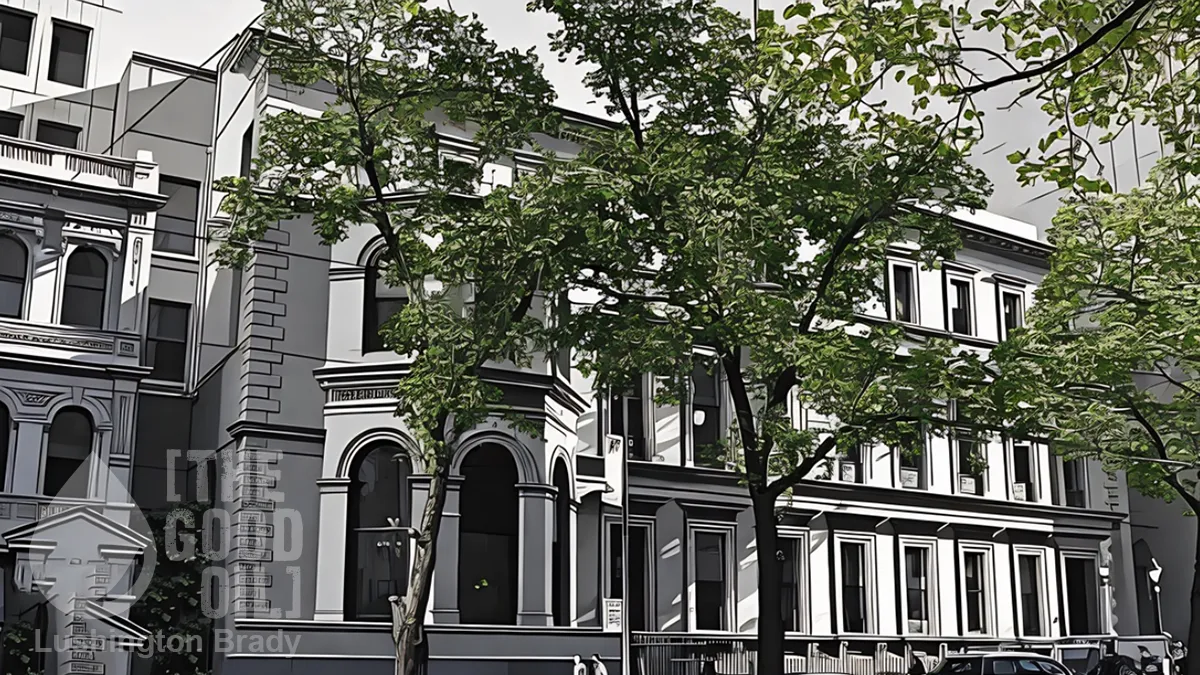I’m pretty sure Thomas Sowell doesn’t know everything — but what he doesn’t know about certain topics probably isn’t worth knowing. Especially economics.
Sowell’s Basic Economics is foundational reading. In it, he devotes an entire chapter to examining the fallacies of government interference in the housing market, specifically via rent controls. But, as New Zealanders have seen with Kiwibuild, governments are similarly inept at building social housing.
Not only has the government built the barest fraction of the houses it promised, but, far from a low-income option, they sold at prices on par with the market. Which, in New Zealand, means, bloody expensive.
For decades in Australia, the government has tried another tack: first homebuyer grants and tax breaks. Which, as many predicted, would simply drive up prices in tandem.
They’ve also done little to assist the people they were supposed to.
Many first homebuyer (FHB) assistance programs benefit existing homeowners rather than new homeowners, thereby compounding the problems of access and risk that such schemes are supposedly meant to address, according to new [Australian Housing and Urban Research Institute] AHURI research.
The policy aim of FHB policies is supposedly to make housing more affordable for low income groups. It should surprise no-one that the policies don’t deliver as advertised. Instead, people already in the market for a home simply buy a swankier McMansion.
‘Current Australian first homebuyer assistance measures primarily act to bring forward first home purchase for households already close to doing so, rather than opening home ownership access to households otherwise excluded,’ says report author Dr Chris Martin of UNSW City Futures Research Centre. ‘These measures simply add to demand and push up property prices, and the amount of public funds spent on these schemes is huge – more than $20 billion over the past decade.’
As always, once the government starts handing money, it’s near-impossible to tell the greedy children that there’s no more sweets.
Australian governments spent more than $20.5 billion supporting first homebuyers (FHBs) in the decade to 2021 through first homebuyer grants, stamp duty concessions and other cash grants. Even before the economic stimulus response to COVID-19, these forms of assistance were escalating—up from $1.2 billion to almost $3 billion in the four years from 2016.
But don’t for a moment delude yourself that quangos like AHURI learn from government stuff-ups.
According to the research, the most prominent forms of FHB assistance in Australia during the past two decades have been demand-side interventions, which involve a benefit directly received by the consumer […]
The research identifies four supply-side models that Australian governments could consider: build to rent to buy; land rent schemes; private developer contributions to homes for cut-price sale; and government acting as a housing developer of cost-price homes.
AHURI
The last should particularly amuse BFD readers.
In all the argy-bargy over house prices, no-one seems willing to address the Basic Economics: supply and demand. Increased demand (population growth, driven entirely by immigration) and limited supply: prices go up. It’s an iron law of economics.
Governments can fiddle with useless policies all they like, but there’s only one guaranteed way to cut prices: increase supply or reduce demand.
Increasing supply means accelerating the already-cancerous sprawl of the big cities on the east coast, swallowing more and more of Australia’s precious little arable land.
Reducing demand simply means cutting back on mass immigration. Australia can’t go on importing the population of Adelaide every seven years or so and not expect housing demand to soar in tandem.









